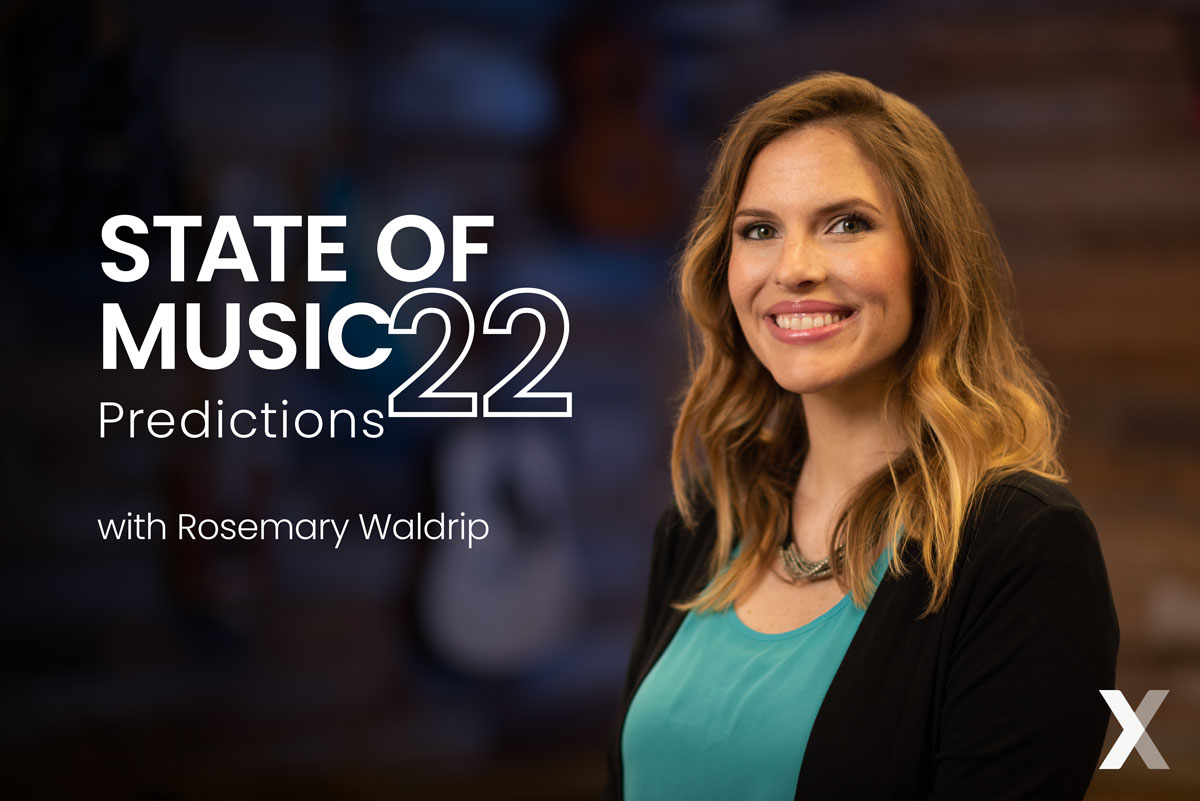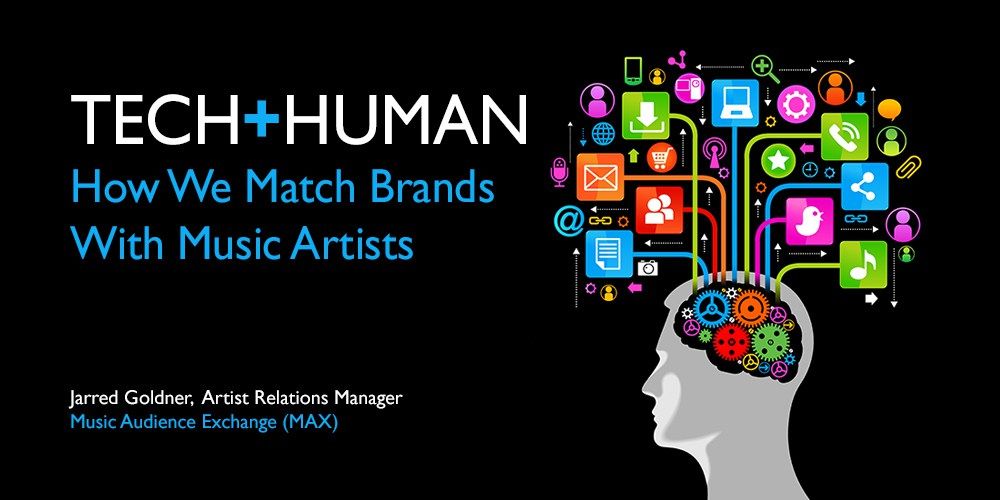2026 GRAMMY Awards
Y'all, 38 artists and 70 GRAMMY nominations is BONKERS!! Our MAX/SET artist partners absolutely crushed it this year.

The right combination of brand messaging and music can lead to a compelling ad that resonates with prospective customers.
With the proper packaging, advertising can provide significant value to the artist(s) involved as well.
In my experience running a label, the best example of all of the pieces coming together was this Volkswagen commercial featuring the music of Nick Drake:
When the ad initially aired, Nick Drake’s music was unknown beyond a small handful of people, and it can be argued that this commercial brought his music to the masses. As The Boston Globe reported recently, it worked out for Volkswagen, too:
...As for the commercial, not only was it a huge success in building Volkswagen’s brand, but it helped to shift television commercials into an era of tastemaking through advertising. According to Jensen, the trend of spending millions [of dollars] on Michael Jackson songs began taking a backseat to commercials featuring lesser-known artists. “Milky Way” was named one of the top 10 car commercials of the past 25 years by The One Club in 2012.
The experience of seeing how a brand collaboration helped Nick Drake’s work finally find the audience it deserved compelled me to co-found MAX.
This ad made it clear to me that a sweet spot between art and commerce exists where all parties - artists, brands, and most importantly, customers - can benefit.
In this post, I detail some tips and recommendations for generating the most value from music in campaigns.
I wholeheartedly believe that for musically-driven advertising to resonate with target audiences, brands and agencies MUST begin the brainstorming process with heavy consideration of the integration of music.
If you get this wrong, nothing else much matters; the entire campaign will fail.
Disharmony here harms the brand, the artist, and most importantly, the customers.
The best campaigns address this potential discord by digging deeply into the psychographic makeup of the artists’ constituencies to determine how their fans relate - in a durable and emotional way - to the brand. And they do this from the beginning of the creative process.
Just like brand marketing, the music industry is complex and relationship-driven.
Similar to how some in the music world might not fully grasp the systematic RFP process that has become second-nature to those in the agency world, the many intricacies of licensing music can often hide behind a polished final product.
For example, it is rare to find a song only has one rightsholder attached to it. That is, typically, a song will have at least two parties who have some ownership claim (and therefore veto power) of a song: (1) the label and (2) the songwriter.
Of course, in today’s music era, many songs have samples and multiple writers, and/or guest performers, so the number of potential rightsholders is massive. Often, in order to use the song for a commercial, each of these rightsholders must agree to its usage.
In other words, this requires:
Even with all of the above addressed, there is still risk for the brand should any of the parties misrepresent their rights, or some piece of the song (sample) was not cleared. Misrepresentation of rights affected Matador Records to the tune of $50,000 in May 2016.
Given all of this, it’s crucial to ensure that proper diligence is done before airing anything.
As the Nick Drake example above shows, a household name is not necessarily required for a successful campaign. In fact, brands striving for authentic storytelling and the creation of deep/durable emotional connections with potential customers may do better to support emerging artists, rather than pay the large fees required to attract star power.
Just because an artist is popular does not mean that their fans’ values will axiomatically align with those of a brand. In fact, our data MAX has accumulated around fans often shows the opposite is true.
The musical landscape is comprised of increasingly diverse (and diffuse) talent that's not necessarily all over Top 40 radio, and the rise of on-demand streaming has allowed brands, agencies and artists more traceable ways to reach these music fans.
Everyone wins when the music in an advertisement leads the viewer to explore the brand’s offering AND the artist’s songs.
This alchemy happens all too rarely because music is sometimes regarded as an add-on. A core mission of MAX is to increase these positive outcomes - where brands, artists, and fans all benefit - from the premises that:
To learn more about how MAX helps brands and agencies integrate music with marketing on a data-driven level, request a demo of our platform.

Y'all, 38 artists and 70 GRAMMY nominations is BONKERS!! Our MAX/SET artist partners absolutely crushed it this year.

11.17.2025 UPDATE: 4 artist partners took home Latin GRAMMY Awards! 🏆🍾 The countdown has begun for the 2025 Latin GRAMMYs! On November 13, 2025,...

The 2025 CMA Awards, airing on November 19, 2025, will celebrate the best in country music, and we're thrilled to announce that 14 of our incredible...

When we started talking about predictions for 2022, we couldn’t help but look at trends from the past few years. The pandemic has changed so much...

As Artist Relations Manager at Music Audience Exchange (MAX), my job involves the process of selecting artists for brand/artist partnerships – which...

Just before Thanksgiving, OK Go released via Facebook their newest music video, a stunningly-intricate 4.2 second clip slowed down and synchronized...